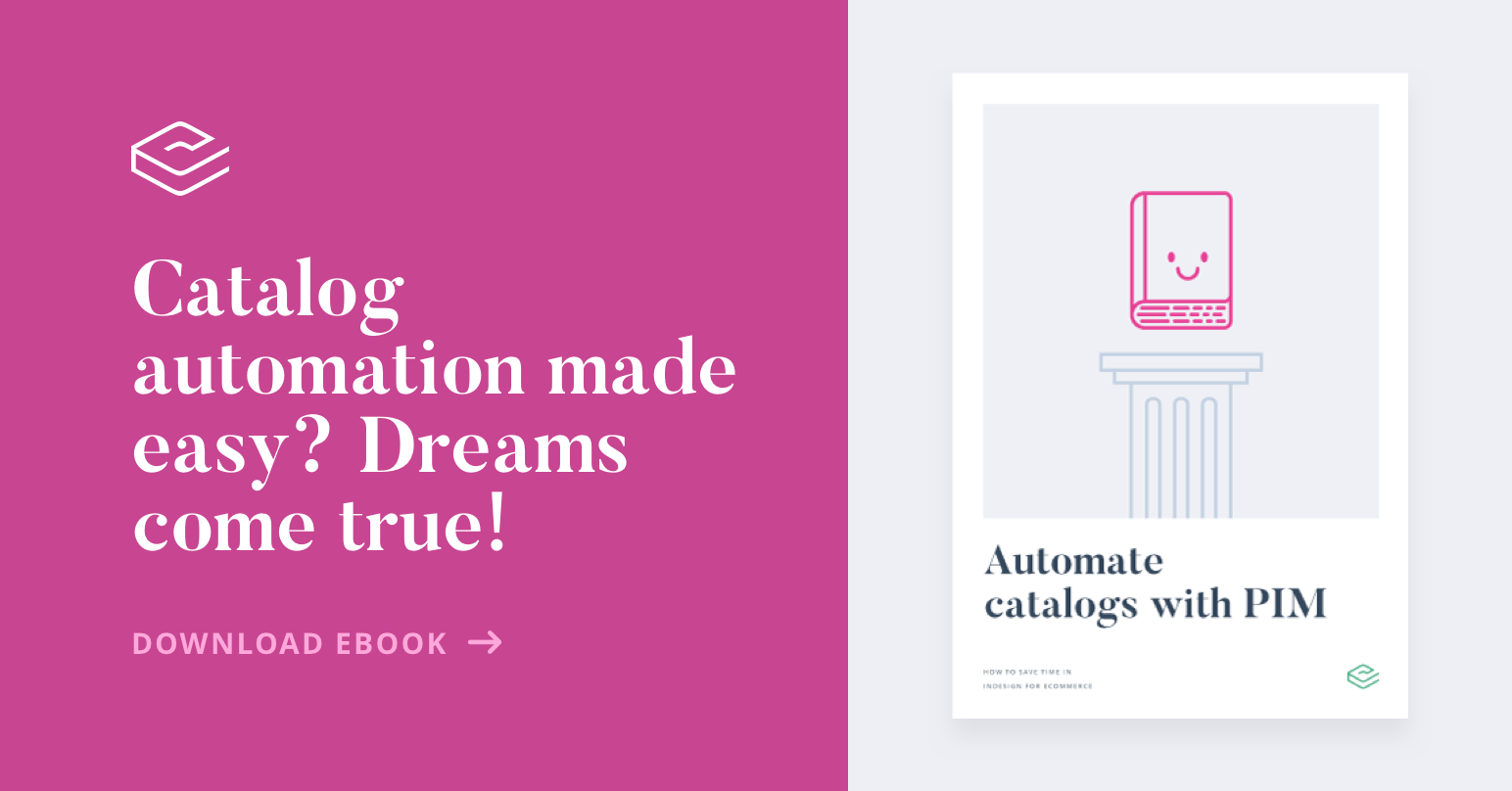
Brand consistency involves several areas: visuals, design, core values, internal workflows, user experience, customer service, quality analysis, and, of course, messaging. From a business card to a speech delivered by the company’s CEO in front of a crowded audience, every word counts when it comes to design a winning brand identity.
Now, that does not mean that some words are forbidden for all branded marketing while other types of messages are always pure music for the customer’s ears.
A guide to a specific brand messaging depends on its industry and target audience, but there are 7 steps every brand should check before delivering a consistent, coherent and remarkable brand message strategy.
→ First of all: 5 tenets to ensure brand consistency
1. Who are you? What do you do?
It’s understandable to despise that typical icebreaker question you may hear at many pubs and business dinners: so… what do you do for a living? But that’s the main question at the back of any user’s head when they come across new brands in online or magazine ads, websites, articles, trade shows, catalogs, forums, billboards, marketplaces, marketing communications and other online sales channels.
It should be easy to any user and new client to quickly identify what’s your industry, what type of product or service the brand represents and, as a bonus, if it’s a modern, digitally adapted, pricey or affordable rang of brand.
Surely, visual consistency is essential to create a solid correlation between a brand name’s and its logo, and to make it recognizable everywhere, but just as important is to correctly explain what it is in any textual piece, including titles and headlines. This questions must be answered in a very clear and prominent way in the homepage of any brand’s website and the main pages of any other channels, social media descriptions and marketing assets.
2. You have all the answers
The fact that potential clients want to rapidly see if your brand matches the type of product or service they are looking for does not mean there are no more questions left. In fact, any brand should be prepared for receiving tons of questions from users.
That not only means that your marketing team should prepare all the brand’s identity in detail and list every activity, feature, procedure, product or service that the brand develops and provides, but also that the departments that work most closely with clients must be well informed and prepared.
From sales reps that need to elaborate persuasive and precise pitches at public and private meetings to customer service employees, everybody needs to know what to say in every delicate circumstance, what to respond to any kind of query, and of course what to say and how to react if they don’t have a concrete answer for a specific question. Delivering incomplete, doubtful and even contradictory brand messages from different channels would cultivate a lot of diverse impressions around the brand and confuse clients.
→ More simplicity also means less abandoned carts: find out why
3. Digital consistency
You may immediately think about designing similar messages for every sales or representative channel, like social media platforms, but before reaching that goal a company needs to ensure the brand’s consistency from the inside.
When a company deals with an increasingly higher number of departments, countries, suppliers, distributors and partners, and the number of people involved in each stage keeps growing, controlling the brand message can become an impossible task. Automation is the most natural and intelligent solution at this level, and even for beginner enterprises that want to make management easy for the foreseeable future.
Just a single digital tool can resolve all the problems related to brand’s consistency. For example, a PIM system (Product Information Management) works as a single database where every material and asset regarding the brand’s message is kept and it ensures that every member of the company has access to the same and most updated version. No more out of date or erroneous data being delivered in a specific market or some online channels. Everybody inside the company will agree on the same brand message, and so all clients will receive a coherent brand image.
4. Simplicity is in
Stop for a moment to count how many words have the most popular slogans in the world. Just do it, please. Yes, they are usually brief, clear and unforgettable. Reaching that type of message is not easy, but a brand must always bet for simplicity in a market crowded with rhetoric that bores users.
A brand is not a bearded philosopher in the agora, but a salesman. Clients are not stupid, and they only want to hear or read about your sincere intentions — what you sell, how do you sell it, and what other actions you accomplish with your resources, like collaborating with some charities.
Less is more when it comes to create effective messages in titles, headlines, slogans, descriptions, captions, newsletters, demonstrations, step-by-step guides… Not necessarily less words in every piece, but less complexity and superfluous speeches, specially if a brand needs to explain complicate processes, present its history or introduce new launches, a notorious member or a distinguished collaborator.
A brand’s message reflects its identity: if it’s clear, understandable and brief, it will mean that its structure and values are also perfectly calibrated. And in a world that overflows with images and words, it will be easier to a client to remember a brand that goes to the point.
5. What’s your trademark?
Maybe your core message, industry, niche and values are not that different from your competitors. But any brand must find the thing that makes it unique among so many similar options.
It’s important that, when a brand finds its difference, it becomes an essential part of its core message and brand message strategy. But sometimes it’s hard to consolidate a special feature that a brand insists to push from its messages, or discover what is the most valued thing among clients and what is clearly making the brand shine in its market. Reading user reviews, paying attention to what satisfies clients most during meetings, demos or customer service queries, and listening to how other people, like partners, collaborators, influencers or industry experts, talk about a brand is a great way to gain some perspective and find information that the company may did not consider in the first place.
→ Take this toolkit to your next trade show
6. How does your audience talk?
The reason why parents and teenagers fight so much is that they don’t talk the same way. Sharing a language should be enough reason to make any message understandable, but the reality is that the style used is equally important if a brand wants to be understood and well perceived by its target audience.
An in-depth research on an audience habits can reveal a lot of valuable data about their favourite communication channels, speaking and writing style, type of humor, cultural levels, or slang words used. For a brand to get along with its target audience, they must speak the same language, share the same jokes and be inspired by the same emotional triggers.
Brands must be careful when the opportunity of using a trending catchphrase or meme appears, because maybe the target audience is completely ignorant about those things, or even worse, perceives them as tasteless, disrespectful or silly branded messages.
7. Promise more… but give it
Good brand messaging does not explain everything from the beginning. In fact it’s better to sow curiosity among users, but that means that the brand must deliver and give more interesting information or extra features; otherwise potential clients will feel deceived and identify the brand as another charlatan.
When enough information about a brand is shared in a persuasive and attractive style, it’s only natural that people want to know more. Therefore two main messaging areas must be well crafted: the first and brief approach or presentation (the line in the back of a business card, the slogan in a press ad, the headline in a website, the subject of an e-mail), and then the secondary but strong statements that make a client gasp in admiration.
Clients must be reassured that the brand is providing everything promised by the messages and be surprised from time to time: it’s common for everybody to rapidly forget why something seemed so cool a while ago, and the brand must balance its core message with new and fresh approaches.
→ Read more specific tips: Brand management in the fashion industry
Investigate your sector, both online and offline, design a complete guide with key messages, words, styles and models for pieces, adapt your message to your industry and audience, add the most effective managing software, and clear your throat: you are now ready to shout an incredible brand messaging from the roof tops.





.png?width=520&name=Blog%20Partner%20(3).png)

.png?width=520&name=Blog%20Partner%20(1).png)


